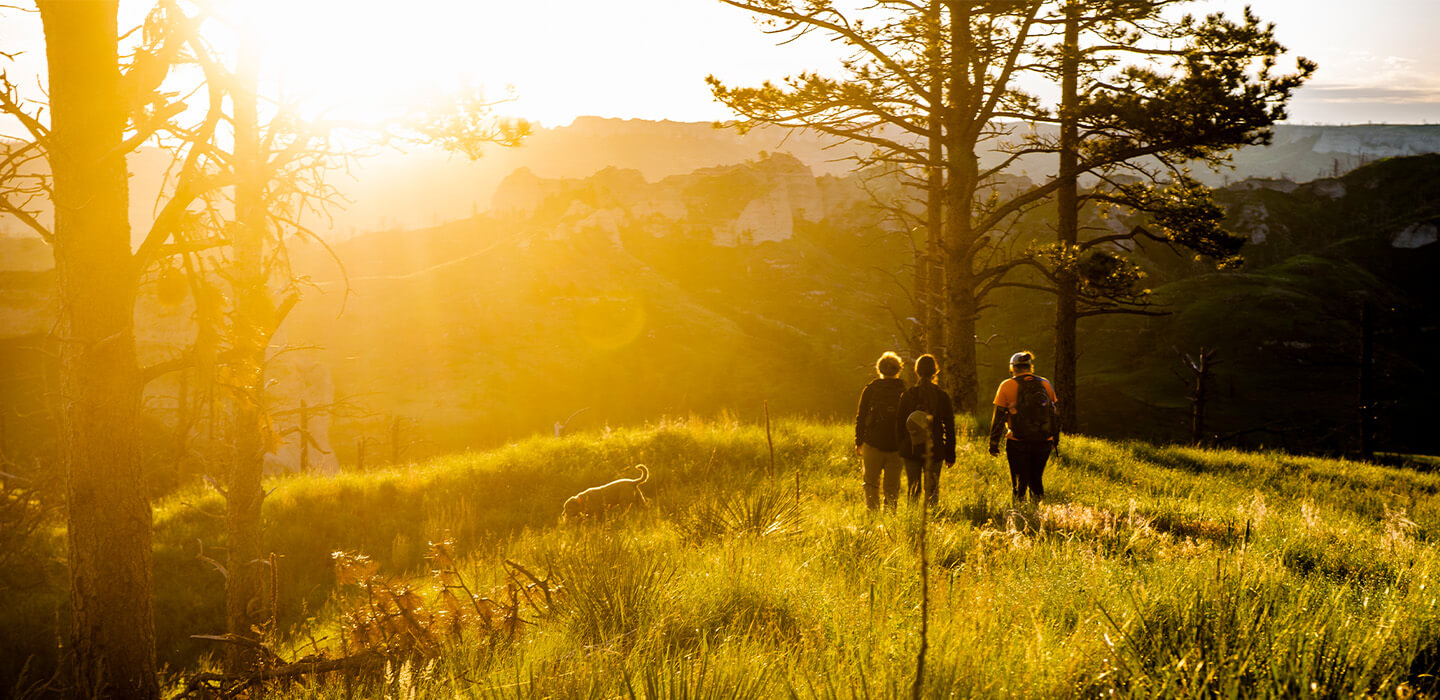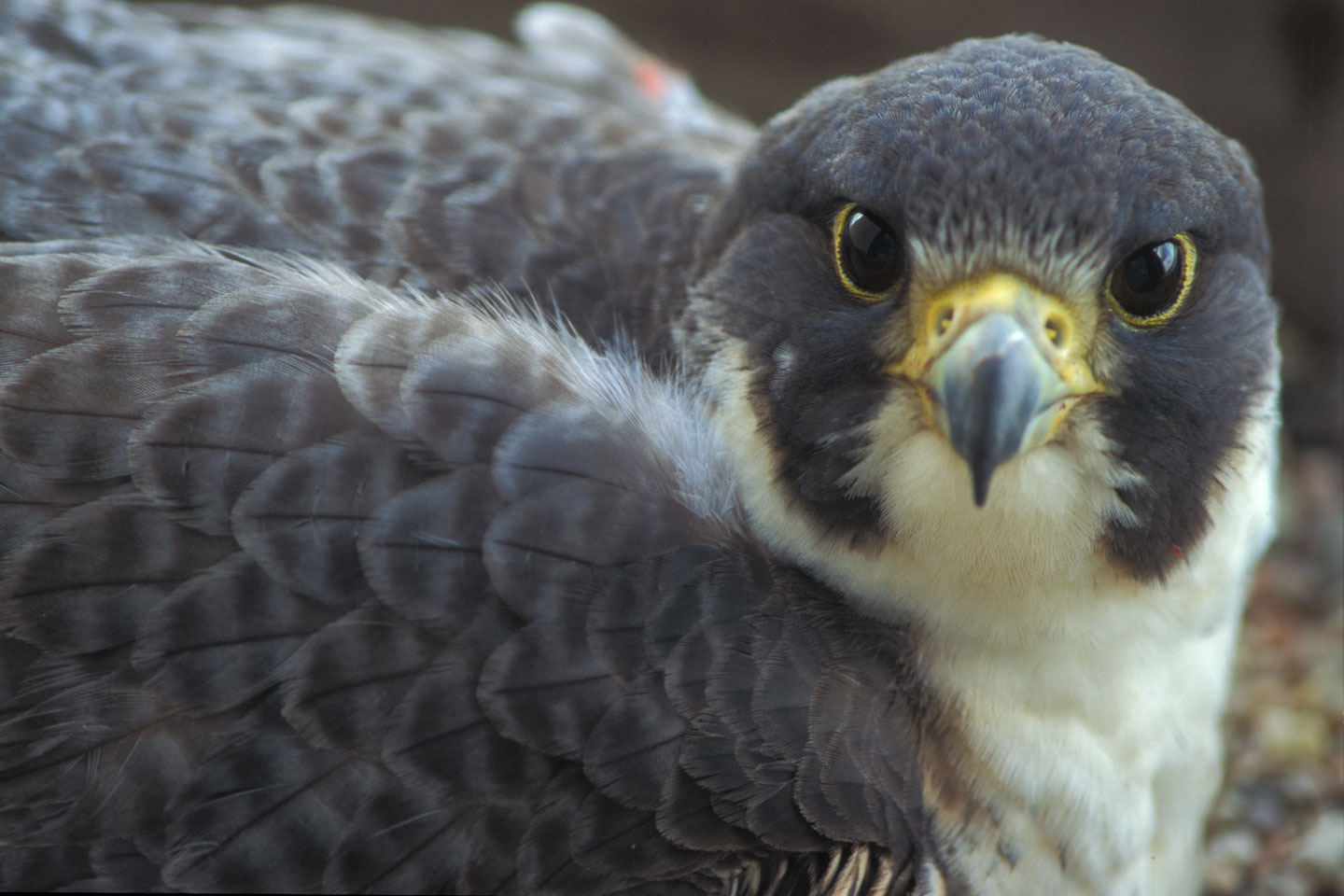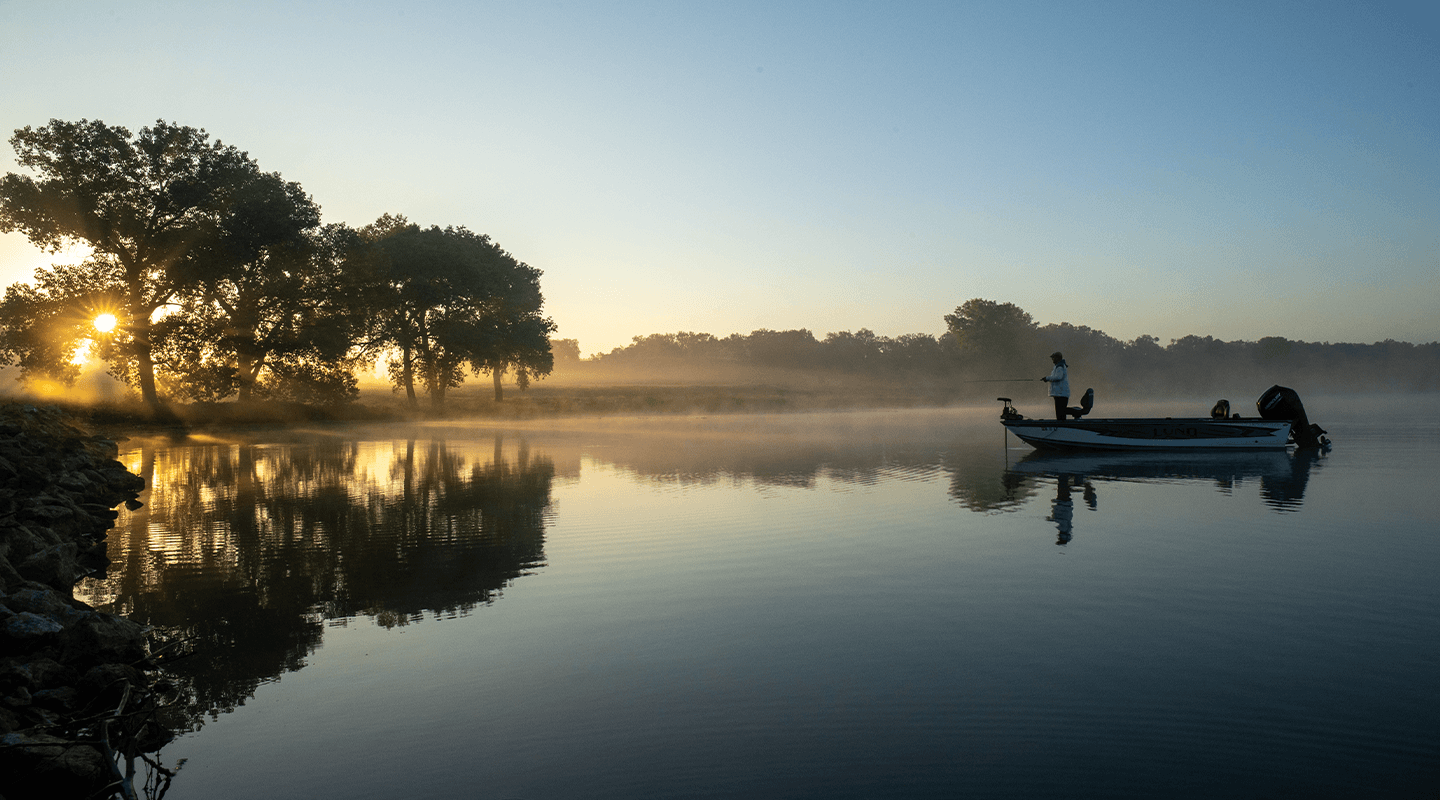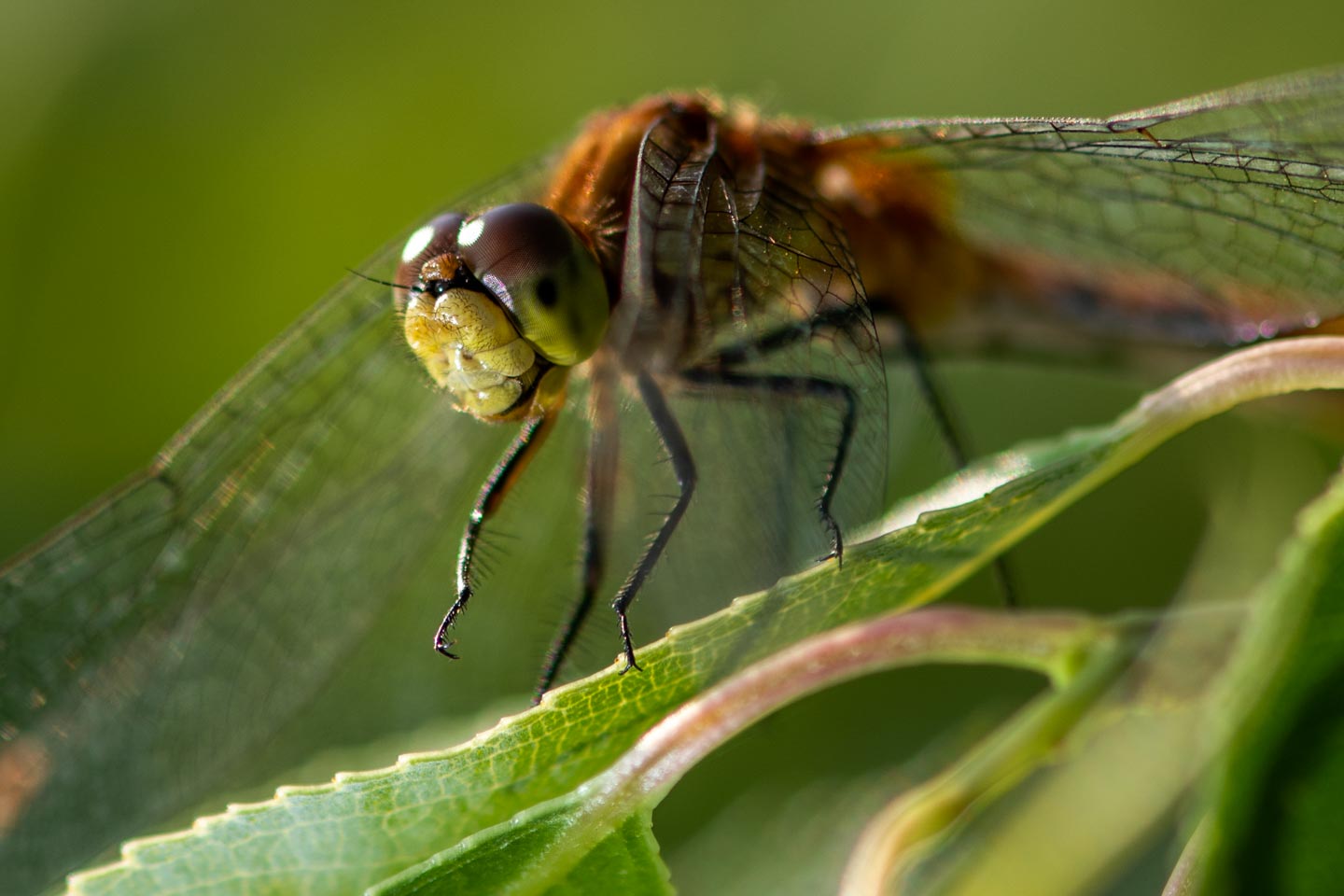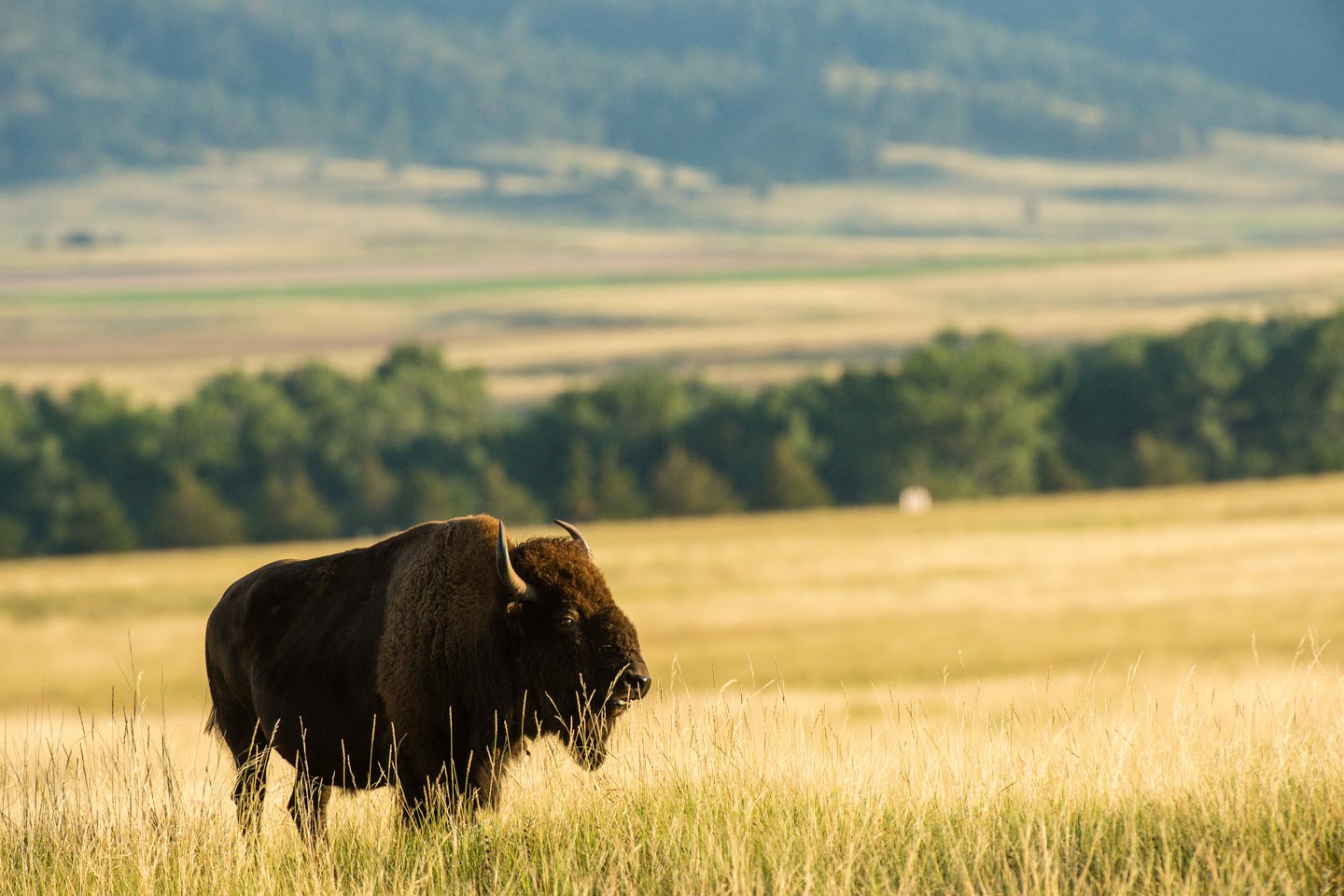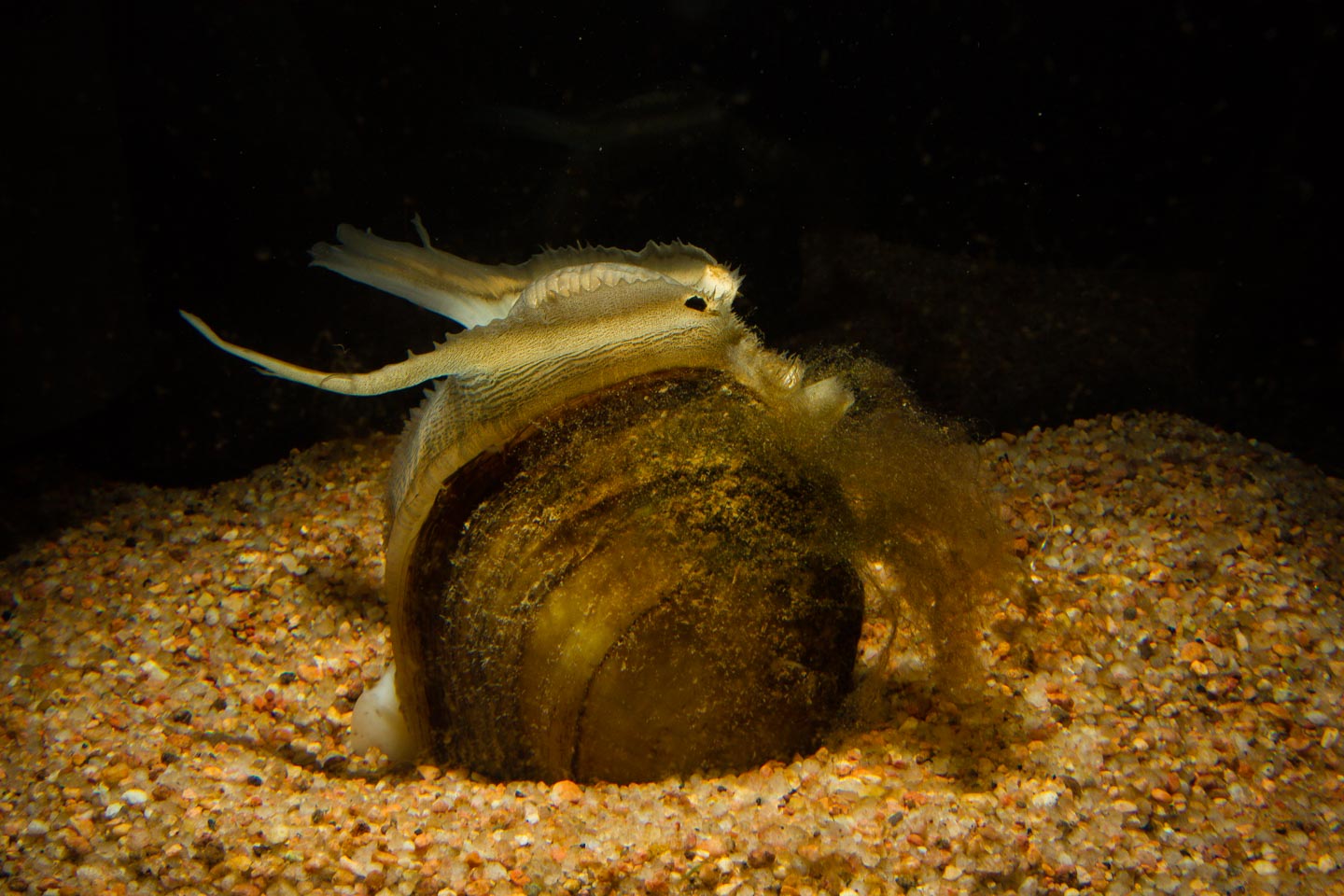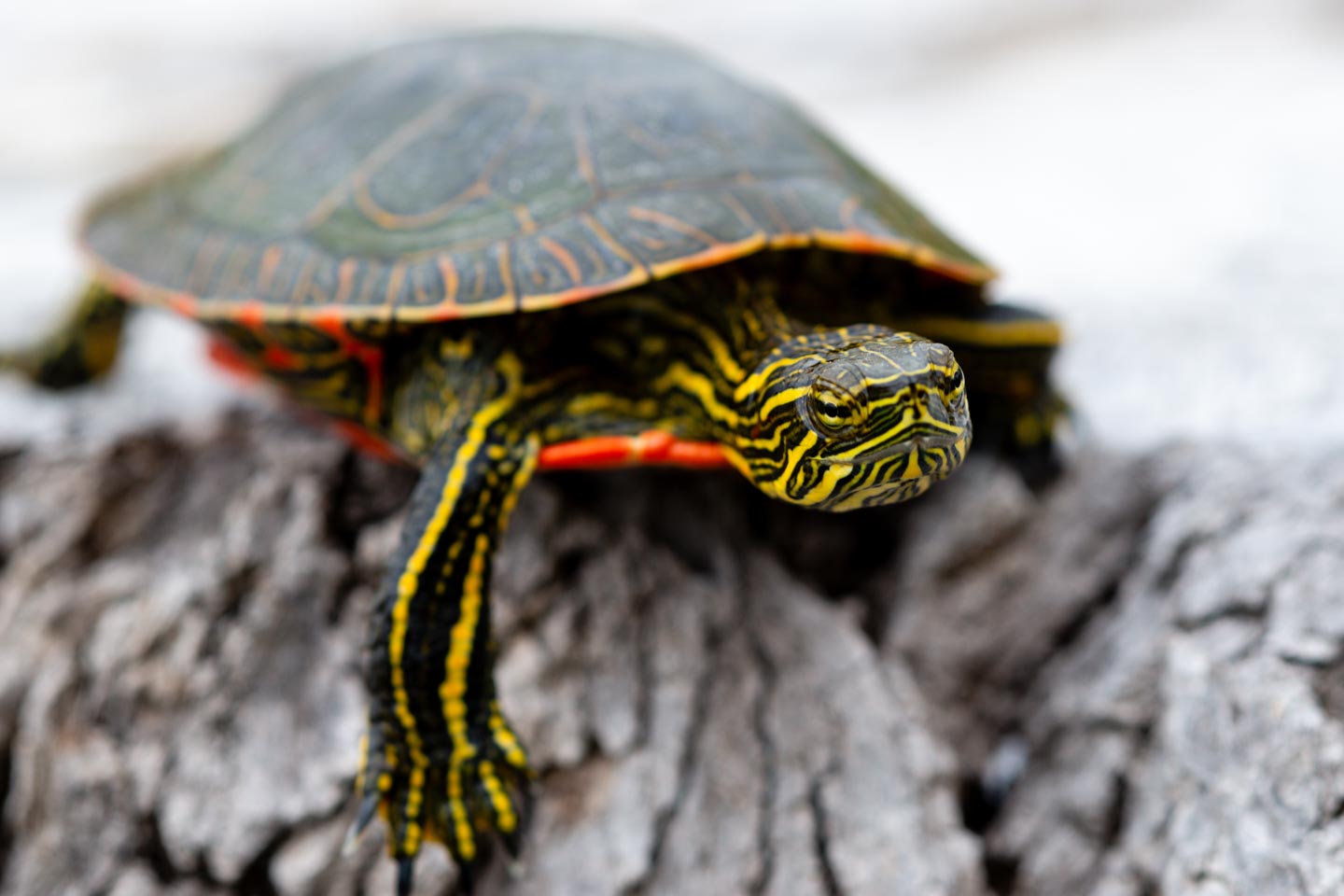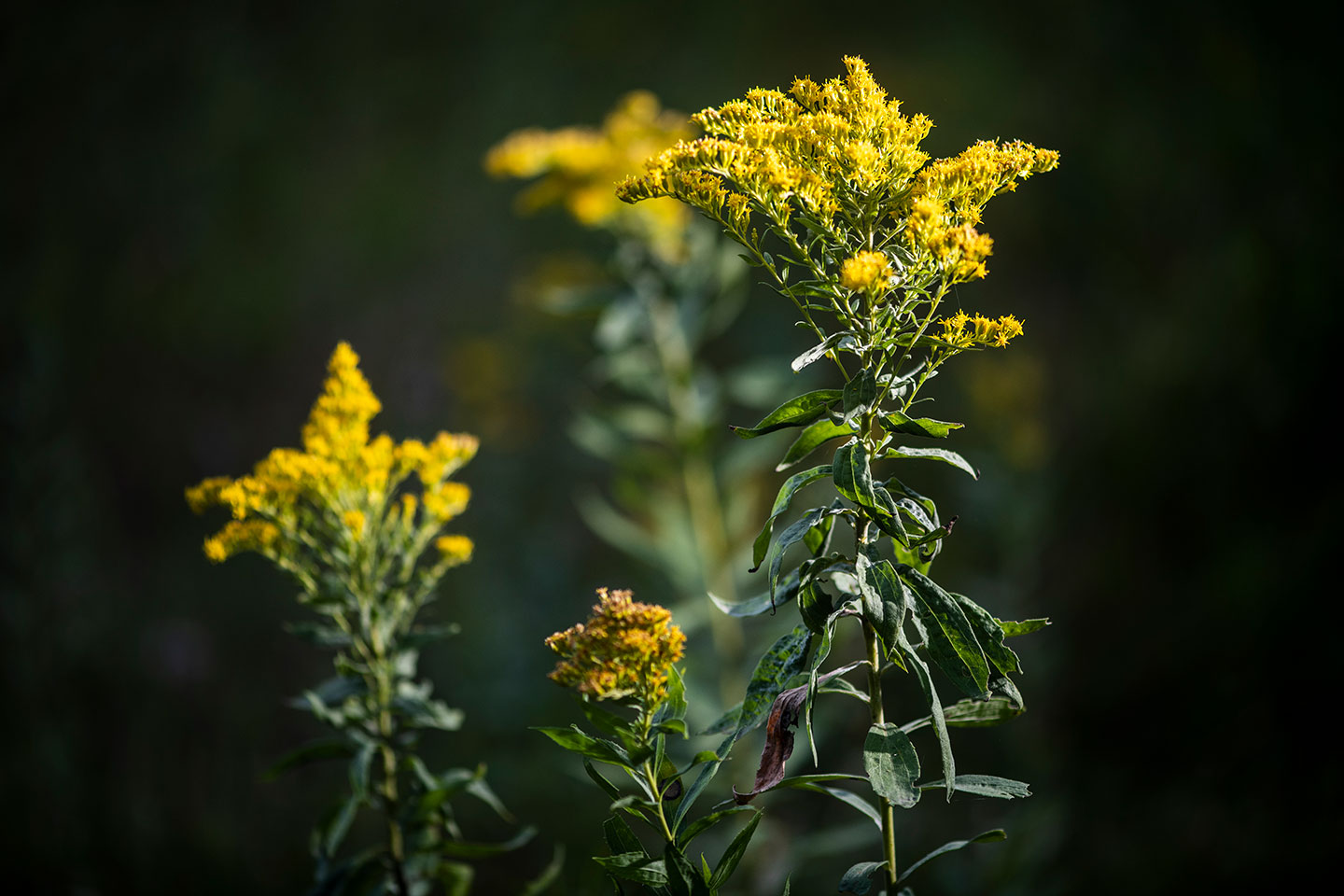Gardening for monarchs
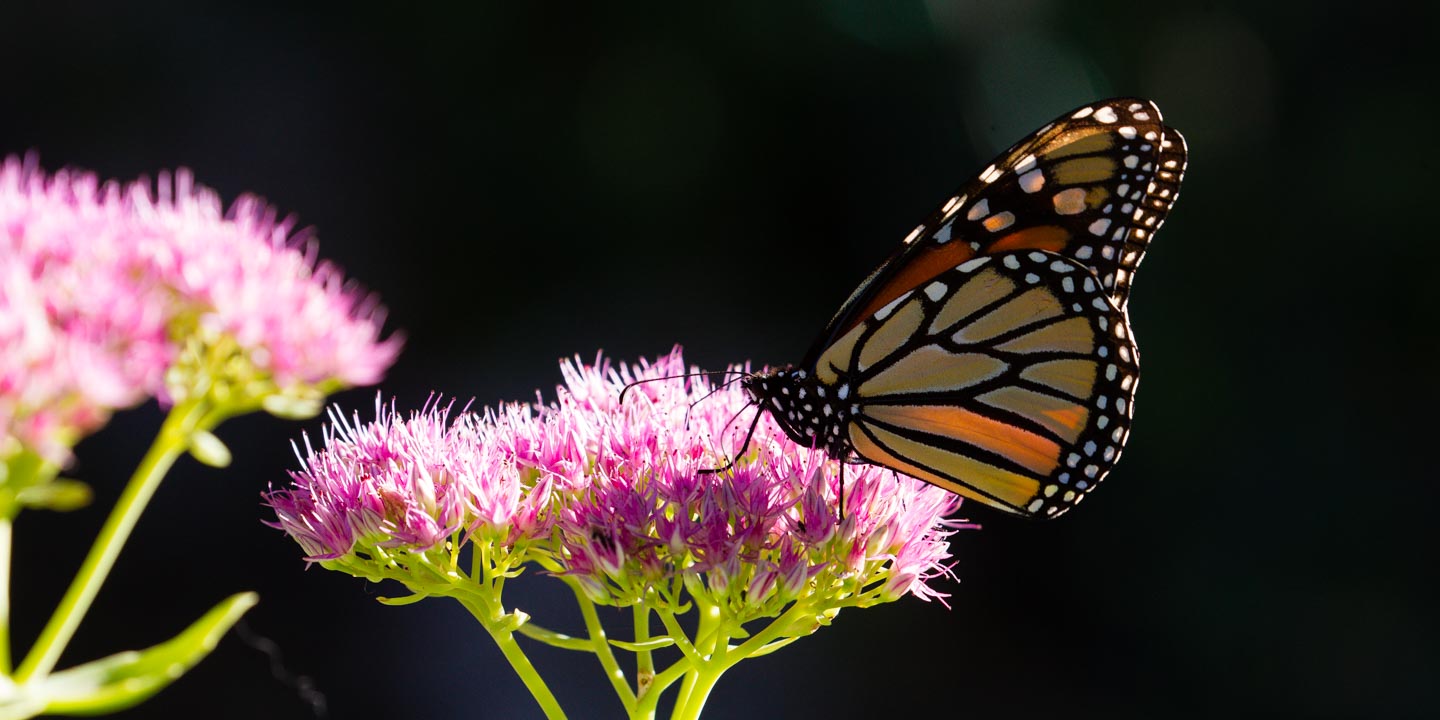
Monarch gardening is a very easy and rewarding activity and can even be completed in something as small as a flower pot! Although the recommended size of a monarch garden measures at least 100 square feet, plants and flowers can be incorporated into any mini-habitat in your garden, including border plants along your vegetable gardens.
Milkweed in the garden is like placing a “welcome” mat at your door inviting guests into your home, or in a monarch’s case, your garden. In the spring, milkweeds are indispensable for monarch reproduction. The monarch larvae, or caterpillars, rely on a variety of milkweed host plants. As adult butterflies, they are generalists and require a variety of nectar producing plants to reproduce throughout the summer and migrate to Mexico in the fall. Native plants are recommended, and there are many pollinator-friendly plants available.
The plants typically need to be exposed to at least six hours of sunlight per day, and because monarchs tend to fly less during windy conditions, having both tall and short plantings in dense groupings will aid in their feeding behaviors. This will also aid in their protection from a variety of predators. If you are able to build or purchase butterfly houses and place them in your gardens, you will be rewarded with many different species of butterflies and activity throughout the day.
Monarchs, like all animals, depend on water sources as well. Providing a water source is almost as important as food sources. Please make sure that the container or bath that you are using is shallow and clean. Just like us, dirty water, which grows a variety of bacteria and invites unwanted pests, can negatively affect monarchs.
Again, and this cannot be over-stressed, make sure you plant a variety of nectar-producing plants that will be blooming throughout the summer and fall.
Pollinator plant list
Milkweed Gardens for Monarchs
Monarch Waystations
Monarch waystations are areas that provide all of the necessary resources for monarchs. The basics are that they must have milkweed plants, nectar sources, shelter and a commitment to maintaining the site. You can learn more and officially certify your monarch waystation at MonarchWatch.org.

